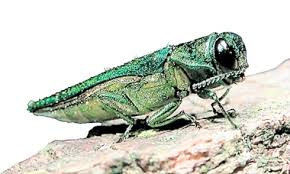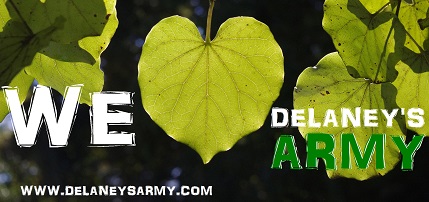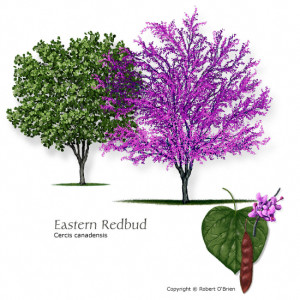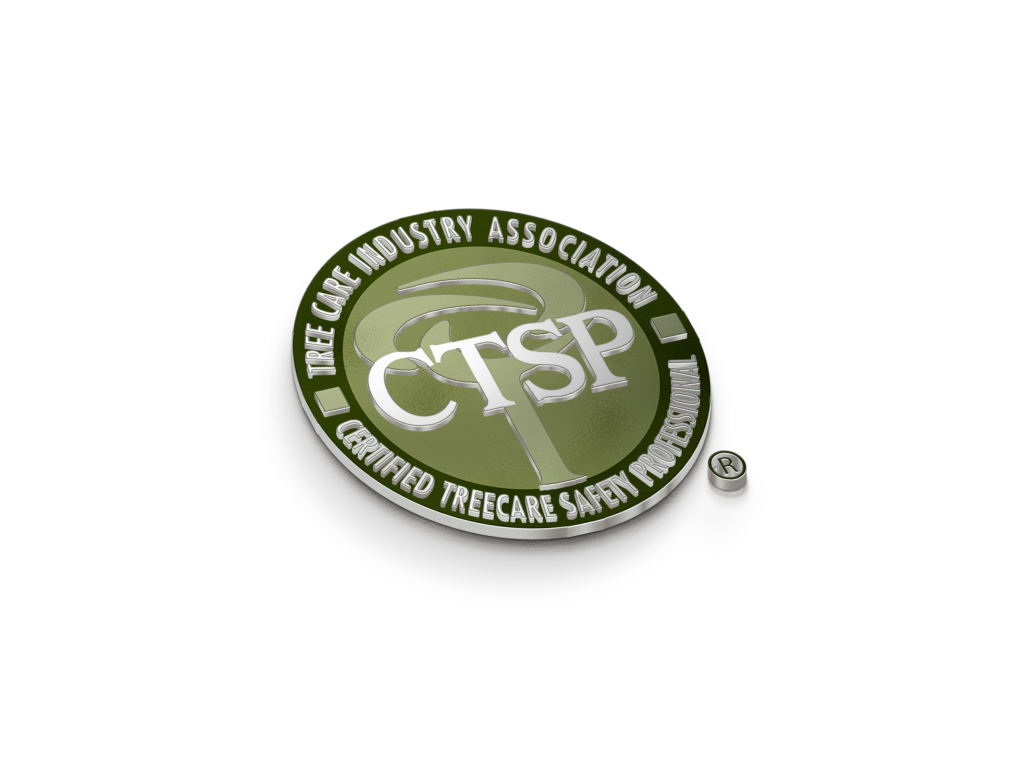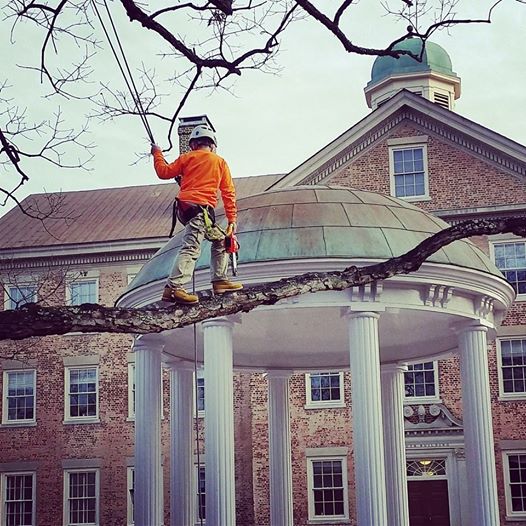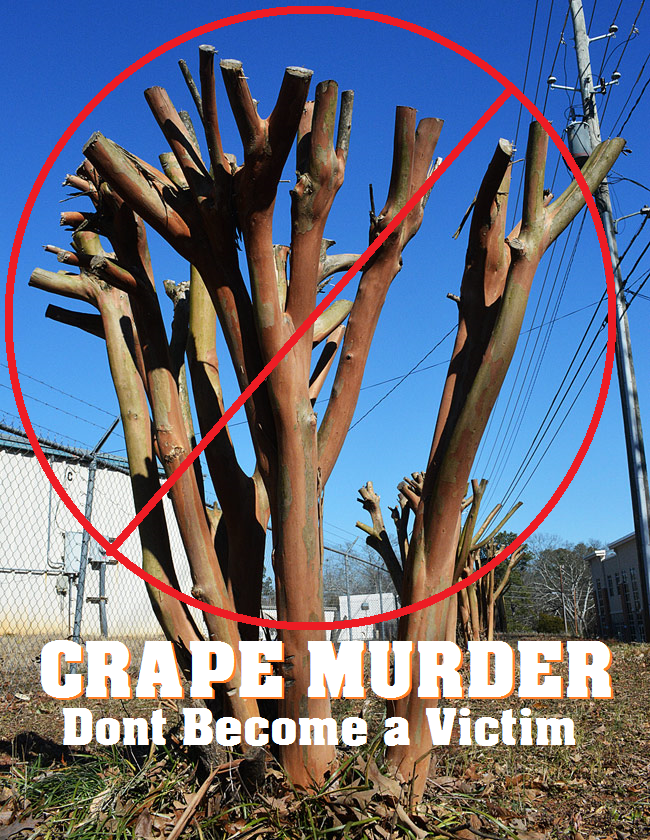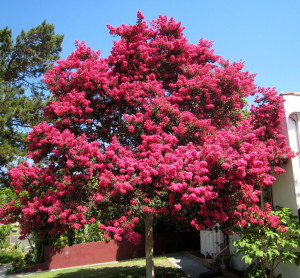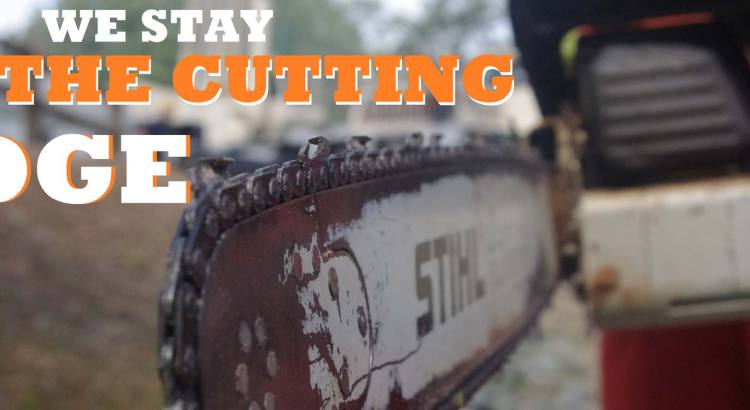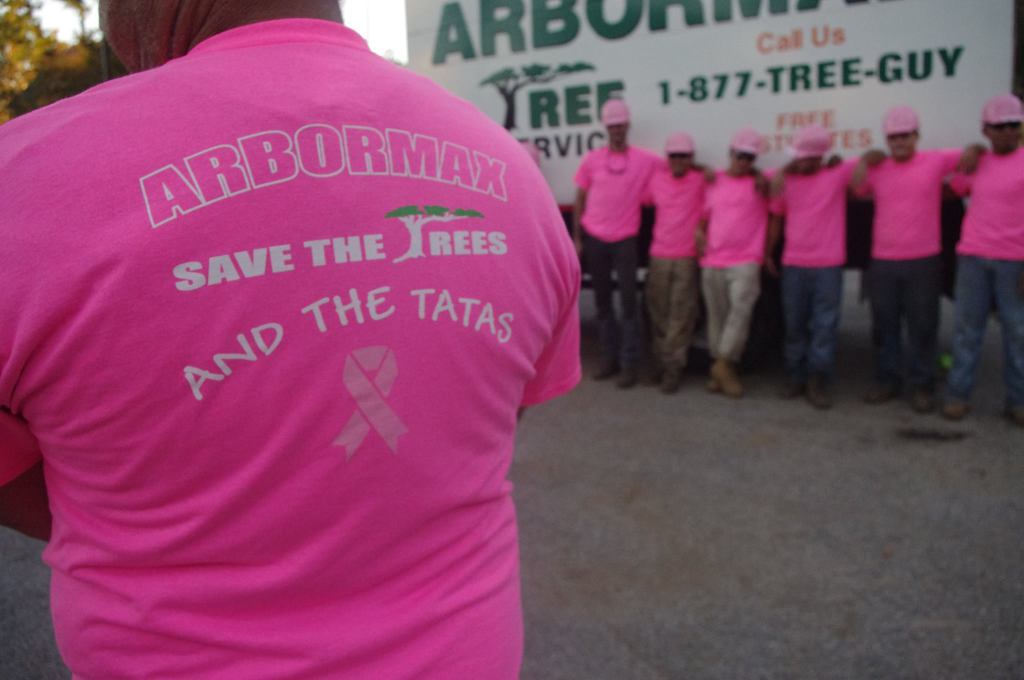Emerald Ash Borer (EAB) have arrived in the Carolinas. This pest has devastated the Ash tree population in the northeast. It is perhaps the single most destructive insect to trees in history.
How do they kill trees? Adult beetles will lay their eggs on the bark of ash trees. After the eggs hatch, the larvae (immature beetles) bores into the bark of the tree and feeds on the vascular and transportation tissues of the tree. The damage from the boring process disrupts the movement of water and nutrients within the tree, effectively girdling it and leading to the tree’s death.
What can be done to stop them? Insecticides are available for prevention. Trees should be sprayed when the beetle is known to be in the area (20 miles). If a tree is already showing signs of infestation insecticides may be used to help trees recover. The recovery process is slow and may not take place at all.
The best defense is a good offense- If you have an Ash tree and want to save it please call us. We would love to come out and give you a free consultation.
Here are some helpful links to more info on EAB.
http://www.emeraldashborer.info/files/multistate_EAB_Insecticide_Fact_Sheet.pdf
